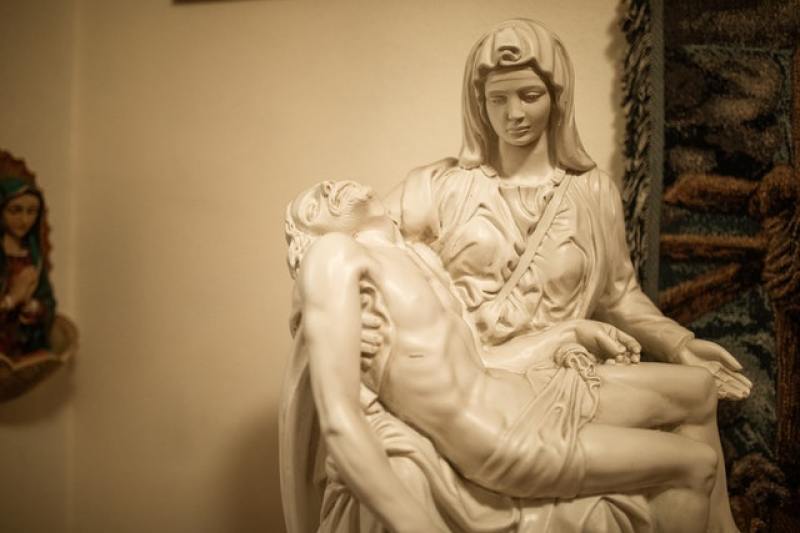
The mysterious Shroud of Turin, which is believed for centuries to be the burial clothes of Jesus Christ, was recently subjected to new scientific testing showing it did originate in the 1st Century.
As per CBN News, the new scientific testing used Wide-Angle X-ray Scattering allowed Italian scientist Liberato De Caro and his team to discover that the fabric dates to the time of Jesus' death and resurrection. The tests showed that the fabric was 2,000 years old. The new scientific method contradicted the 1988-carbon dating study that said the Holy Shroud was only 700 years old.
De Caro explained in an interview with the National Catholic Register that carbon dating techniques are not apt for fabrics, which is why the result derived caused mistakes in its conclusions.
"Fabric samples are usually subject to all kinds of contamination, which cannot always be controlled and completely removed from the dated specimen," De Caro said.
"If the cleaning procedure of the sample is not thoroughly performed, carbon-14 dating is not reliable. This may have been the case in 1988, as confirmed by experimental evidence showing that when moving from the periphery towards the center of the sheet, along the longest side, there is a significant increase in carbon-14 (radiocarbon dating)," he added.
On the contrary, De Caro told Aleteia that the WAXS method provided greater accuracy. WAXS has been used on various historical fabrics, which included those that came from 3,000 BC to 2,000 AD. WAXS, the scientist revealed, was also less destructive than radiocarbon dating, which means one can do repeat tests on the fabric. De Caro compared the historical fabrics with the Holy Shroud, which in turn matched a fabric dating 55-74 AD from the Masada, Israel Siege.
"The technique of dating linen by X-ray is non-destructive. Therefore, it can be repeated several times on the same sample. It would be more than desirable to have a collection of X-ray measurements carried out by several laboratories, on several samples, at most millimetric in size, taken from the Shroud," De Caro highlighted.
An interesting find on the Shroud of Turin is the existence of Mideast pollen, particularly from the ancient region of Palestine. De Caro said this could be traced from the Holy Shroud's transportation from the Middle East to Europe. This pollen, he stressed, could not have developed in Europe and implies the extensive time the Shroud of Turin stayed in the Middle East.
According to De Caro, he has been working for the last three decades investigating techniques on the scale of atoms. It was only three years ago that they developed a new method to date fabric samples. The new technique allowed them to come out with a much older dating for the Shroud of Turin than what other scientists have said about it.
De Caro said he has also worked with other linen relics associated with Jesus like the Sudarium of Oviedo and the Veil of Manoppello, which he may analyze in the future using the new dating technique.
The Shroud of Turin, which measures 14 feet 5 inches by 3 feet by 7 inches, was first revealed to the public of its existence in the 1300s. The Holy Shroud is said to be the only relic conducted with the most scientific research. The burial clothes have long puzzled scientists because the manner of printing shown on the linen could have not existed in the 1300s. It was in the 1700s that a scientific team first conducted studies on what created the image on the linen. The study resulted in identifying that the "paint" used on the cloth was from human blood.
Scientists in the 1930s discovered that the image on the cloth was a negative, printed in the same way a film of photo would have been produced through massive rays of light. This alludes to accounts in the Bible that a great light was seen by the Roman soldiers from the tomb of Christ during His resurrection. Notwithstanding, scientists still have not declared the authenticity of the burial clothes as that of Christ's and remains a mystery until today.
The Shroud of Turin is enshrined in the Archdiocese of Turin's Cathedral of Saint John the Baptist also known as the Cathedral of Turin, which is located in Northern Italy. It has been kept there since 1578.


















